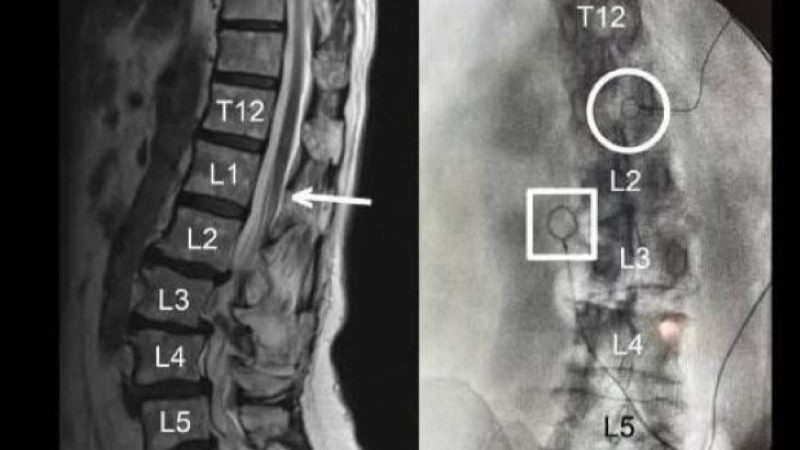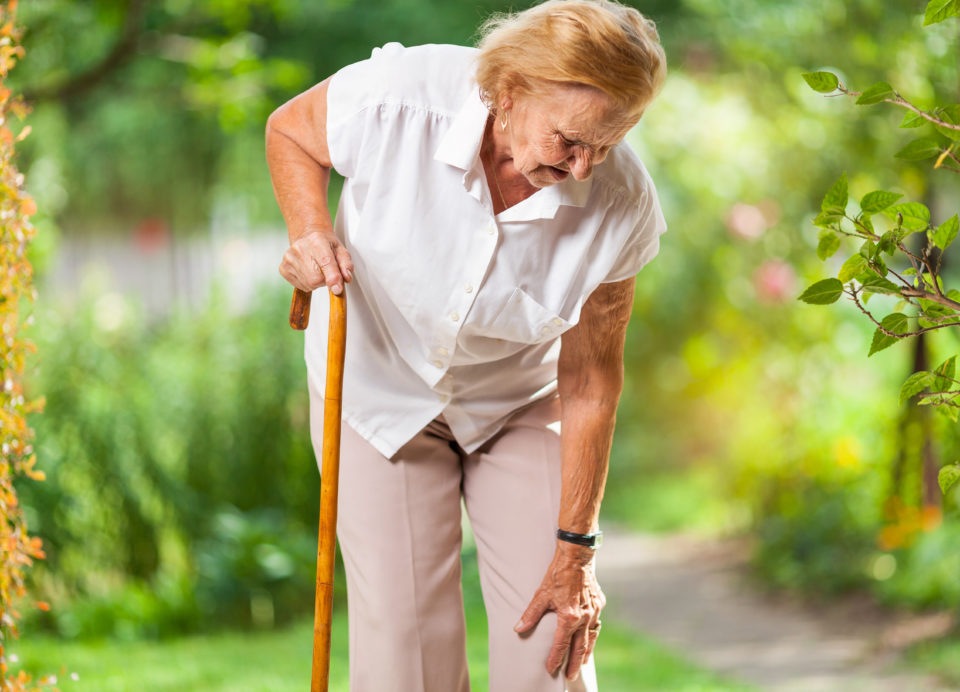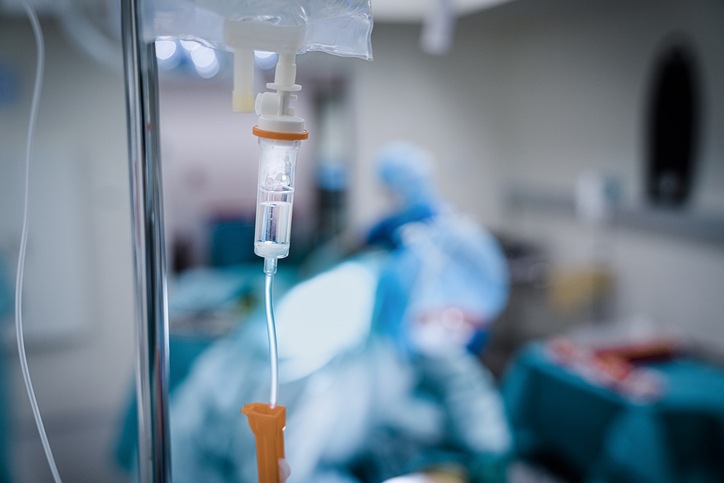
Teens who hit their growth spurt later than others may have lower bone density than average in their 20’s, according to a new study from the University of Bristol. This research, published in JAMA Network Open, was conducted to evaluate the potential link between bone strength and the timing of puberty.
Peak bone mass at the end of pubertal growth spurts is known to be indicative of bone fracture and osteoporosis risks later in life. By evaluating data taken over 15 years in the large Children of the 90s study, these UK researchers were able to examine how bone density varies and how the timing of the growth spurt onset can play a role.
Background of the Bone Density Study
In this work, the researchers looked at six repeated bone scans from 6,389 children in in Bristol’s Children of the 90s study that were between 10 and 25 years of age. The team compared these patients’ data to see what the correlation was between puberty and bone density throughout adolescence and adulthood.
The team found that although teens who have their puberty growth spurt later than their peers do catch-up slightly in bone density, they have consistently lower bone density than others for years into early adulthood.
“Our research adds to the evidence that children who mature later may be at increased risk of fractures as they grow,” said Dr. Ahmed Elhakeem, lead author and Senior Research Associate in Epidemiology. “They may also have increased risk of the fragile bone condition osteoporosis in later life.”
Elhakeem went on to praise the dataset that helped yield these results, saying: “Thanks to the Children of the 90s study we were able to look, for the first time, at children in great detail as they grow into young adults and observe their bone density. I’d like to see more advice available for people who reach puberty later on measures they can take to strengthen their bones. The next steps should involve more detailed assessments of the long-term effects of puberty on growth and bone development.”
These researchers did not make any conclusions regarding how the final adult height affects bone density. They do intend to follow up with the study participants as they age however, being that they are only in their 20s. Whether these patients experience fractures or other issues regarding bone density later in life will be valuable data regarding the long-term effects of late growth spurts.
“This is important research that adds to a current gap in the evidence of understanding how bone density changes from puberty into early adulthood,” added Alison Doyle, Head of Operations and Clinical Practice at the Royal Osteoporosis Society. “Investment in this area of research is vital in furthering our understanding of the causes of osteoporosis and helping people to maintain good bone health throughout life.
This heightened understanding how puberty-linked bone density can affect bone health in later years is valuable in preventing osteoporosis and bone damage, and potentially curing the disease.
“The charity’s Osteoporosis and Bone Research Academy, which launched earlier this year, is working to build on these findings and create a future without osteoporosis,” said Doyle.







 © 2025 Mashup Media, LLC, a Formedics Property. All Rights Reserved.
© 2025 Mashup Media, LLC, a Formedics Property. All Rights Reserved.